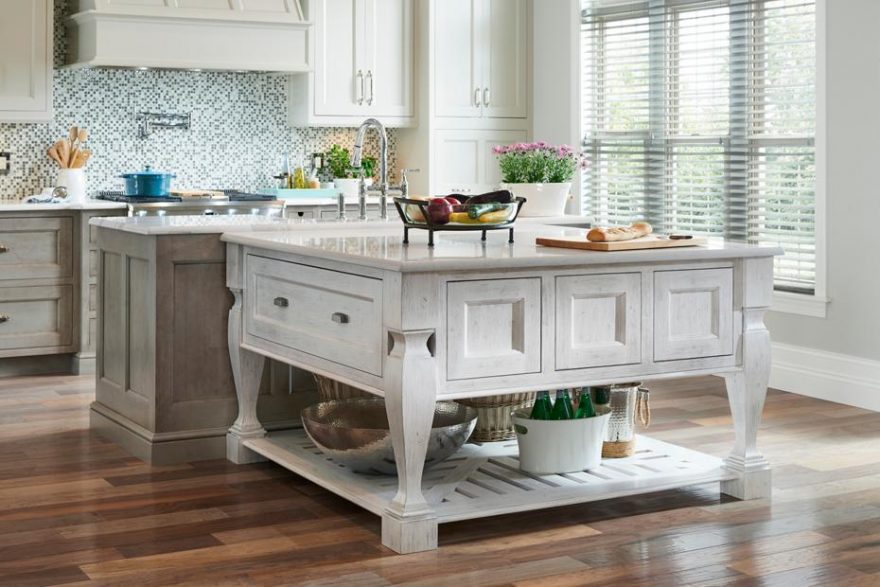Reinvent Your Kitchen's Appearance with One-of-a-kind Legs For Kitchen Island Devices
Reinvent Your Kitchen's Appearance with One-of-a-kind Legs For Kitchen Island Devices
Blog Article
Vital Variables to Think About When Selecting Legs For Cooking Area Island
Selecting the suitable legs for a kitchen island includes a careful analysis of numerous variables that can substantially affect both capability and visual appeal. As we discover these aspects, it becomes clear that each decision can have significant implications for the general kitchen area experience.
Product Options
When selecting legs for a kitchen area island, comprehending the various product options is crucial for achieving both aesthetic appeal and architectural stability (Legs For Kitchen Island). The option of material dramatically influences not just the toughness of the island yet also its total style and capability
Wood is a prominent choice, supplying heat and adaptability. Solid woods, such as oak or maple, offer stamina and can be stained or painted to match the kitchen design. Steel legs, commonly made from stainless-steel or wrought iron, add a industrial and modern-day feeling while making sure durability and security. These materials are resistant to use and can support significant weight, making them perfect for bigger islands.
One more alternative is engineered materials, like MDF or plywood, which can be much more cost-efficient while still offering a series of surfaces. However, they might not provide the exact same level of security as solid wood or steel. Materials such as acrylic or glass can create a modern appearance, though they might call for added support to make certain security.
Inevitably, the choice of material for cooking area island legs need to align with the wanted capability and the total motif of the kitchen.
Design And Style

When taking into consideration design, the form and finish of the legs are vital. Tapered legs can give a feeling of lightness and style, while thicker, much more robust legs can convey toughness and stability. In addition, the finish-- be it painted, discolored, or all-natural-- ought to complement the kitchen cabinetry and kitchen counter materials to create a unified look.
Additionally, the design of the legs can also mirror individual taste. Custom-made or attractive legs, such as those including complex makings or distinct geometric shapes, can function as centerpieces, including personality and personality to the kitchen. Ultimately, the best choice will certainly not just boost performance yet additionally raise the visual allure, making the kitchen island a standout function of the home.
Elevation Considerations
Picking the proper height for kitchen area island legs is essential, as it directly affects both functionality and convenience. The conventional elevation for a kitchen area island usually ranges from 36 to 42 inches, lining up with usual counter top heights.

It is also important to make up users' choices and heights. Personalizing the elevation can make certain a comfortable experience for all household members, making the kitchen area island a much more functional and delightful space.
Weight Support
Guaranteeing adequate weight assistance for kitchen area island legs is crucial for both safety and security and performance. The kitchen island typically offers numerous purposes, consisting of food preparation, eating, and extra storage, necessitating a robust assistance structure. When choosing legs, it is essential to consider the total weight capacity needed based upon the island's meant usage and the materials that will certainly be positioned on it.
The choice of product for the legs plays a substantial duty in their weight-bearing capacities. Solid timber, steel, and heavy-duty composites typically offer exceptional toughness contrasted to lighter products. Furthermore, the design of the legs-- whether they are directly, tapered, or have a pedestal kind-- can affect their capacity to disperse weight efficiently throughout the framework.
Constantly seek advice from the manufacturer's specifications regarding lots limitations to make certain that the legs can maintain the intended weight without jeopardizing security. In recap, selecting cooking area island legs with ample weight assistance is crucial for producing a secure and practical culinary area.
Setup and Maintenance
Appropriate installment and maintenance of kitchen island legs are essential for ensuring long life and stability. This typically entails securing the legs to the island base utilizing appropriate bolts, making certain that the legs are degree and aligned.
When installed, routine upkeep is necessary to preserve the stability and look of the legs - Legs For Kitchen Island. For wood legs, routine cleaning with a moist towel and application of appropriate timber gloss can prevent moisture damages and keep their surface. Metal legs might require a gentle cleaning remedy to remove oil and grime, adhered to by a dry fabric to prevent corrosion development
Additionally, inspect the legs on a regular basis for signs of wear or damage, such as splits or loose joints. Tightening screws or bolts as required can additionally extend the he said life expectancy of the legs. By sticking to these installation and maintenance techniques, property owners can guarantee that their cooking area island continues to be sturdy and aesthetically appealing for years to find.
Verdict

Visual coherence is critical in selecting the style and style of legs for a kitchen area island, as these aspects considerably affect the general ambiance of the area. Tapered legs can give a sense of agility and sophistication, while thicker, more durable legs can communicate toughness and stability.Choosing the appropriate elevation for kitchen area island legs is essential, as it straight affects both capability and convenience. In summary, choosing cooking visit area island legs with appropriate weight assistance is vital for creating a practical and risk-free culinary space.
In conclusion, choosing legs for a cooking area island demands careful factor to consider of numerous aspects, including material options, helpful site design, elevation, weight assistance, and setup.
Report this page